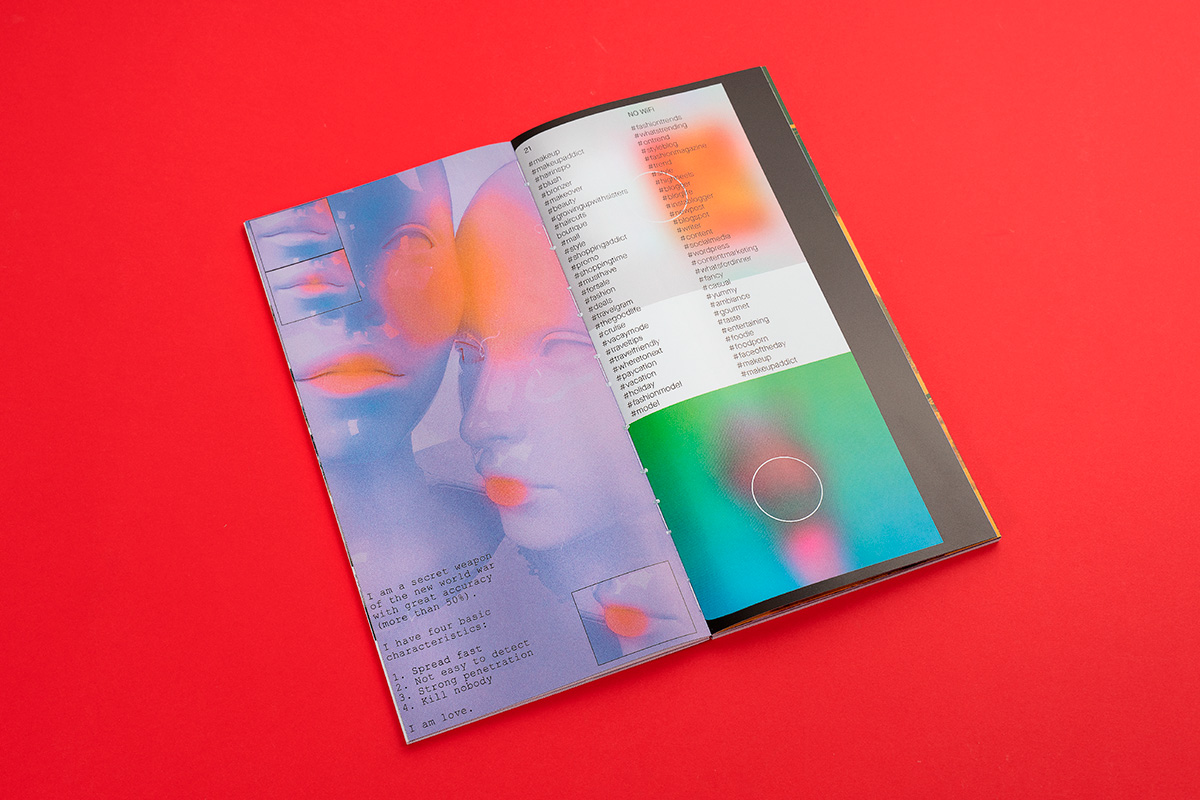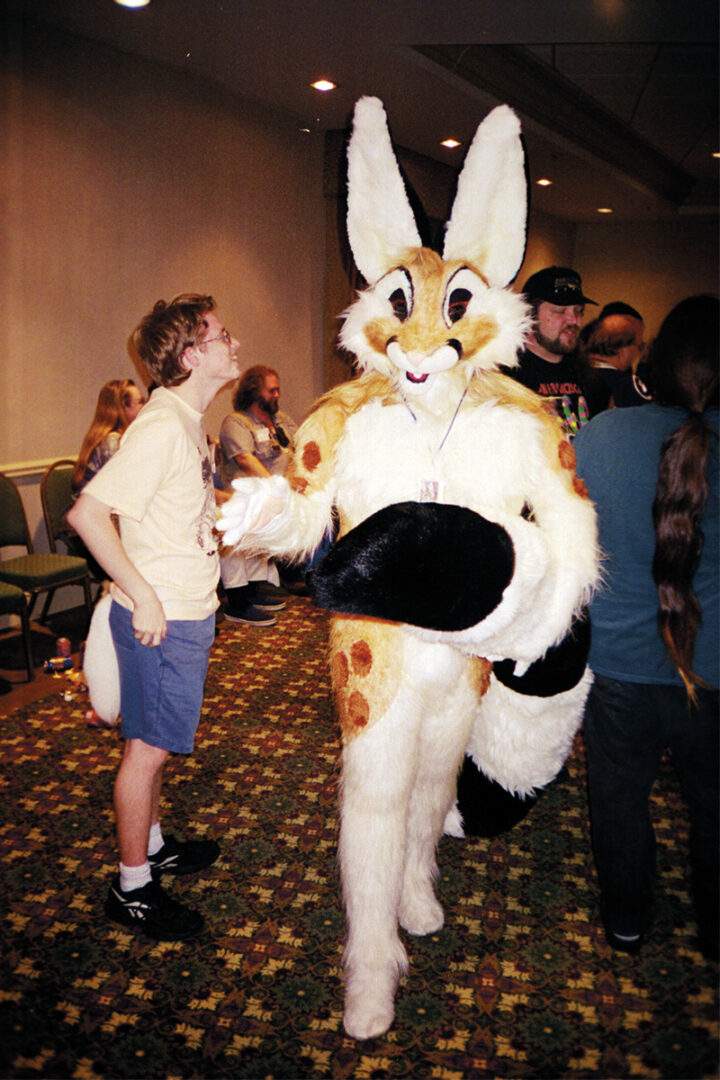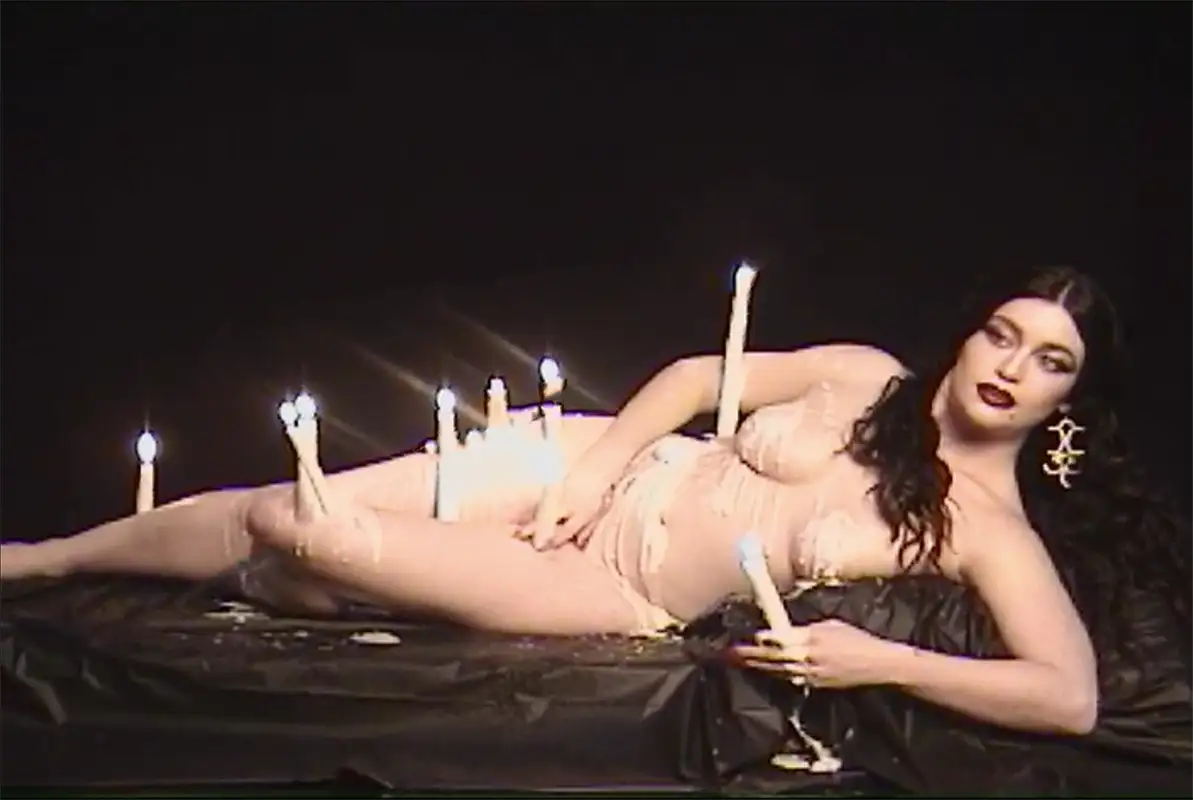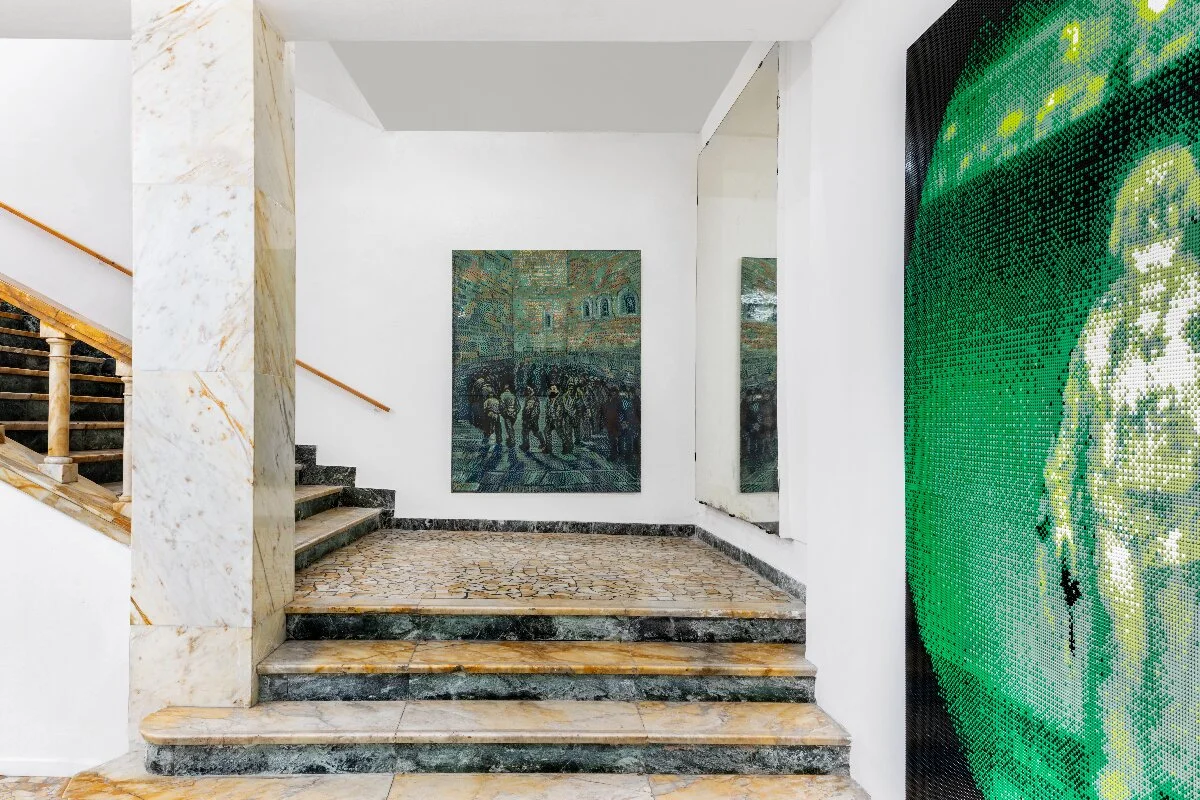Born from Lorenzo Bigatti’s lockdown boredom, NOIA Magazine embraces the creative possibilities that emerge when you look at things differently
From boredom to a cure for boredom
When lockdown hit, Lorenzo Bigatti was in London, where he is currently based. Like everyone else, he struggled with the boredom from everyday life’s restrictions. Everything was still, and nothing was happening. Until something made a decision, this decision was to make something out of this situation. The boredom became a push to act and think creatively. And that boredom at the core gave its name in Italian, NOIA, to the magazine.
The creation of the concept for NOIA happened as a reaction to multiple pictures. A reflection on time and how it goes by was one of them. Again with the lockdown, we seemed to have endless time. This was in direct contrast to how the world works, where a constant influx of occurrences seems to fill the time up.
The usual pace of the world doesn’t leave too much space for boredom. The second reaction was to something else that fills up time: social media. Bigatti believes that having the chance to be endlessly occupied by our screens means avoiding boredom at all costs. «So sometimes you need to disconnect from that and pause to create something new and different».
Radical Actions and a call for change
These reactions to time and social media were a call for action. That’s what got Bigatti moving and what got others to collaborate. The first issue of NOIA was hence named Radical Actions. Emerging from a time where the main thought was the future and what would happen next, the case embraced these questions. Taking them further, it focused on climate change, one of the biggest challenges facing future societies. It poses a moment of reflection and calls for thought on what can be done to change the situation.
The search for a radical change, challenging the status quo, and a shift in paradigms fuel the issue. So more than just a reaction to boredom, NOIA was born as a way to look at things differently and reflect. That’s the spirit that keeps it going beyond the lockdown. It aims to show alternative approaches to what could otherwise be taken for granted. Getting people involved with the magazine is, therefore, a crucial part of reaching the vision that Bigatti has for NOIA. That’s how the magazine started, and that’s how it’s set to go.
Collaboration at the core: open calls
Bigatti’s idea was that of a collaborative network of designers and artists. He reached out to see what was out there and to create a space for creatives to meet. That led to a collection of images and photography from all around in what was at first just an Instagram page.
But the collaborative spirit did not stop coming and laid the groundwork for NOIA as a whole. Deciding to go bigger, open calls were set up, and a massive rush of content came in. The project grew organically to include articles and essays to accompany the visuals. These open calls became the bloodline of the magazine and made it into the collaborative effort it is today.
Open calls entail a long and challenging selection process. «We had to make painful choices because we need to find the right balance», says Bigatti. The we here is Bigatti himself, as the creative director; and Megan Krahn, the editor.
The balance they seek creates a narrative for the magazine through a dialogue of images. Every page features a different designer or artist, and two images are paired to create one diptych. Not only do they have to work well in terms of aesthetics, but also in terms of making way for a deeper meaning. The articles also had to strike a balance between academic and more ‘poetic’ ones.
A laboratory for experimentation
«The open calls are surprise boxes; you have no idea what’s in there», says Bigatti. As full of uncertainty as that might sound, it creates the space to experiment with what’s at hand. The exploration begins through this, and new and unexpected ways to combine the works emerge. That way, they make sense together, and they become something more.
Keeping a close relationship with the authors also feeds into this, from when they send their abstracts to the final product. NOIA encourages every collaborator to be experimental and try non-conventional things. This way, they can look at things differently and create something fresh and new through experiments.
Looking at things differently takes on a new meaning with the magazine’s format. A long rectangular shape with loose binding raises questions at first glance. As intriguing as it is visually, the format serves a crucial functional purpose. The open binding allows the magazine to be opened completely and lay flat, not losing any content in the middle section where two pages meet.
When fully opened, the shape becomes a square to honor the format in that the images are originally sourced. It becomes a way for the diptychs to come alive and be adored. This also organically splits the magazine into two sections: the photography and visuals in the middle section and the articles in the rest.
Launching a magazine 101
Getting to this point with committed collaborators and a second issue in the works didn’t happen overnight. «The key to a good magazine is good content and a way to connect them», states Bigatti. But of course, this isn’t enough.
For funding, an Indiegogo campaign was started to get pre-sales. These pre-sales amounted to around a hundred copies and got the ball rolling for the sales. For distribution, the team contacts shops they would like to see the magazine in, or they conduct projects with them directly.
The magazine’s success can also be connected with the space it gives young creatives. The open calls keep the magazine exciting and give people a voice. The art and design world seems closed and with high barriers to entry at times, so NOIA aims to change that.
The goal is to be as open as possible. Art directors are a second way to embrace this, as NOIA plans to invite a new one with every issue. With them, they’ll bring new input and ideas. For the upcoming second issue, Matteo Canetta was welcomed on board after a long selection process of around fifty candidates. His position as a curatorial figure is leading the future theme and approach.
Evolution of NOIA and the upcoming second issue
Although Bigatti doesn’t want to share spoilers, the second issue’s theme is not a secret. Reassemblage encapsulates the idea of being able to bring completely new ideas to the table through mixing and recombining things.
It represents the process that has been with the magazine from the start, from the way selection is carried out. It shows the evolution that the magazine has already gone through in this short span. The attitude of combining what they found attractive was put in the forefront by Matteo Canetta in the issue, which is planned to release in September.
There’s more to the plans around NOIA. The current merchandising line with Samuel Anzellotti’s project Hansel Grotesque is already a sign. Positioned as a manifestation of the branding, the products go beyond a commercial representation of the magazine.
«We ask ourselves, what is the meaning of producing objects today? Is it still relevant?» Striving for unique pieces more on the artistic side, rather than industrial production, is vital. In this context, NOIA is placed as a part of a more extensive umbrella that is aimed at. Bigatti sees NOIA transforming into a platform rather than just a magazine, and the ideas are already in the works behind the scenes.
NOIA Magazine
NOIA is a magazine born in 2021 as a reaction to a moment in which we were all stuck due to lockdown. NOIA uses boredom as fuel for fostering collaborations and creating novelty. The first issue, printed in February 2022, focuses on Radical Actions for real change. The founder is Lorenzo Bigatti, and the editor is Megan Krahn.




















